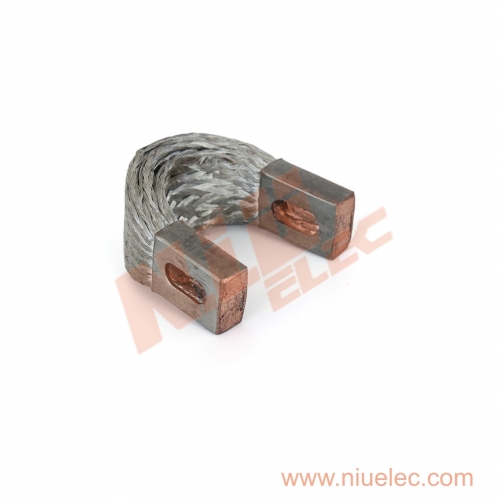Transformers with Busbar Connections: The Next Generation
Power distribution systems are evolving rapidly, and transformers play a crucial role in this progression. As the demand for efficient and reliable electrical connections increases, innovative solutions are emerging to meet these challenges. One such advancement is the integration of braided cable technology in transformer connections. This approach offers significant improvements in flexibility, conductivity, and overall system performance. By leveraging the unique properties of braided copper wire, engineers can design more compact, efficient, and durable transformers that meet the growing demands of modern power distribution networks. This article explores the benefits and applications of braided cable in transformer connections, highlighting how this technology is shaping the future of power transmission systems.
Table of contents:
Integrating Wire Braid for Improved Transformer Efficiency
Designing Compact Transformers Using Flexible Braided Cable
Addressing EMI Concerns with Shielded Cable Braids in Transformers
Customizing Braided Wire Solutions for Specific Transformer Requirements
Integrating Wire Braid for Improved Transformer Efficiency
The use of braided cable in transformer connections represents a significant leap forward in electrical engineering. Traditional rigid connections are being replaced by flexible braided copper wire, offering numerous advantages in terms of efficiency and performance. These braided cables provide superior conductivity due to their high copper content and unique construction. The interwoven strands of copper create a larger surface area for current flow, reducing resistance and minimizing power losses. Additionally, the flexibility of braided cable allows for better accommodation of thermal expansion and contraction, which is particularly beneficial in high-current applications. This adaptability ensures consistent performance across varying operating conditions, contributing to the overall reliability and longevity of transformer systems.

Designing Compact Transformers Using Flexible Braided Cable
The compact nature of modern electrical systems demands innovative solutions, and braided cable rises to this challenge. By utilizing flexible braided copper wire, designers can create more compact transformer configurations without compromising on power handling capacity. The malleability of braided cable allows for intricate routing and connections in tight spaces, enabling the development of smaller, more efficient transformers. This flexibility is particularly advantageous in urban environments or industrial settings where space is at a premium. Moreover, the use of braided cable can lead to weight reductions in transformer assemblies, making installation and maintenance procedures more manageable. The adaptability of braided copper wire also facilitates easier upgrades and modifications to existing systems, providing a future-proof solution for evolving power distribution needs.
Addressing EMI Concerns with Shielded Cable Braids in Transformers
Electromagnetic interference (EMI) is a significant concern in power transmission systems, and transformers are no exception. Shielded braided cable offers an effective solution to mitigate EMI issues in transformer connections. The dense weave of copper strands in braided cable provides excellent shielding properties, reducing electromagnetic emissions and protecting sensitive components from external interference. This shielding effect is particularly crucial in environments where multiple electrical systems operate in close proximity. By incorporating shielded braided copper wire in transformer designs, engineers can ensure compliance with stringent EMC regulations while maintaining optimal system performance. The flexibility of braided cable also allows for precise shield termination, further enhancing its EMI suppression capabilities.
Customizing Braided Wire Solutions for Specific Transformer Requirements
One of the key advantages of braided cable technology is its versatility in meeting diverse transformer specifications. Manufacturers can customize braided copper wire to suit specific current carrying capacities, operating temperatures, and environmental conditions. This tailored approach ensures optimal performance across a wide range of transformer applications, from small distribution units to large power substations. The ability to adjust the braid density, cross-sectional area, and overall construction of the cable allows for fine-tuning of electrical and mechanical properties. Furthermore, braided cable can be easily terminated with various connector types, facilitating seamless integration with existing busbar systems. This customization potential not only enhances performance but also contributes to cost-effectiveness by providing precisely engineered solutions for each unique transformer configuration.
The integration of braided cable technology in transformer connections marks a significant advancement in power distribution systems. By harnessing the unique properties of flexible braided copper wire, engineers can design more efficient, compact, and reliable transformers. The superior conductivity, EMI shielding capabilities, and customization potential of braided cable address many of the challenges faced in modern electrical systems. As power demands continue to grow and evolve, the adaptability and performance benefits of braided cable will play an increasingly vital role in shaping the future of transformer technology. This innovative approach not only enhances current systems but also paves the way for more advanced and sustainable power distribution solutions in the years to come.